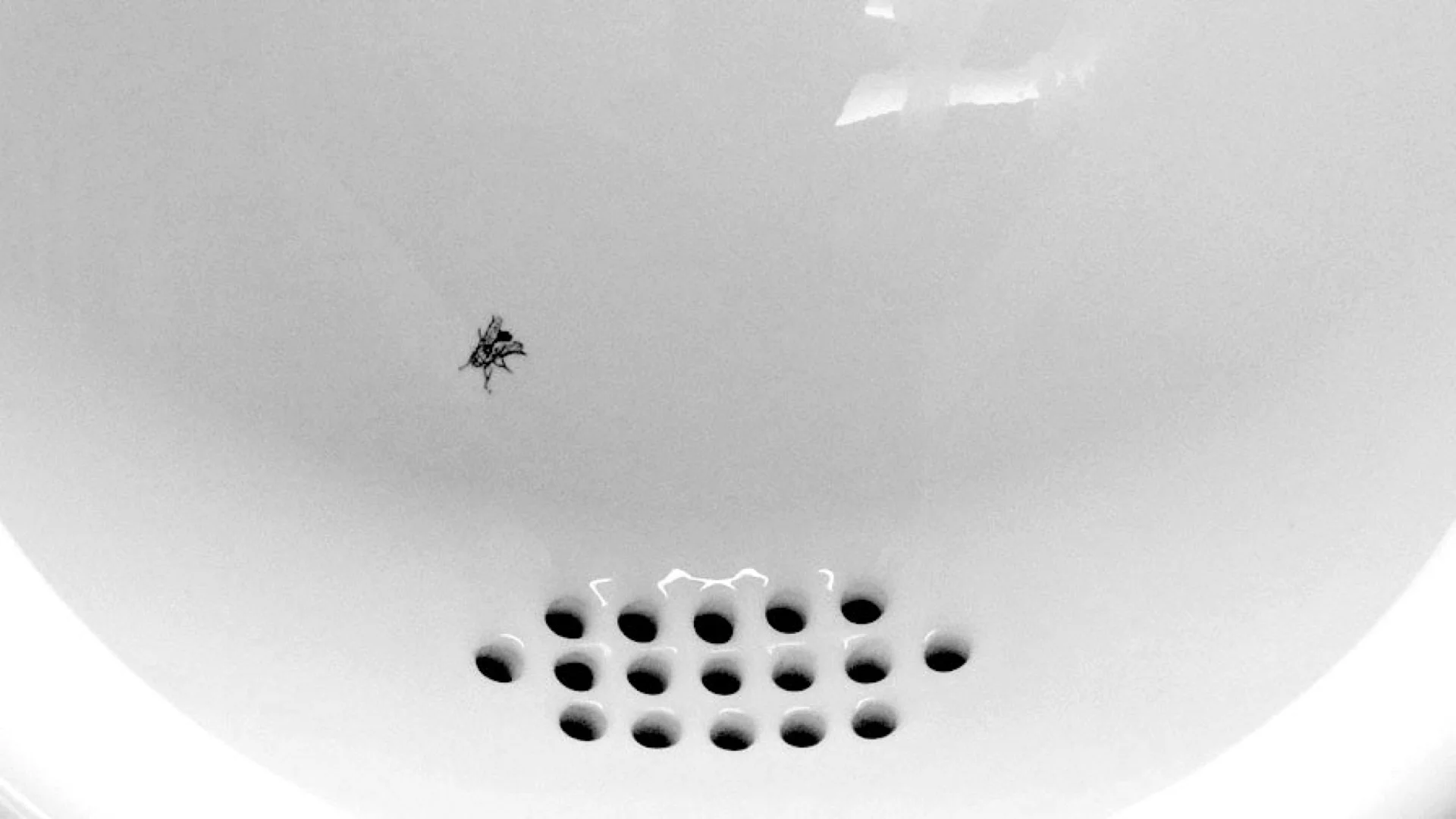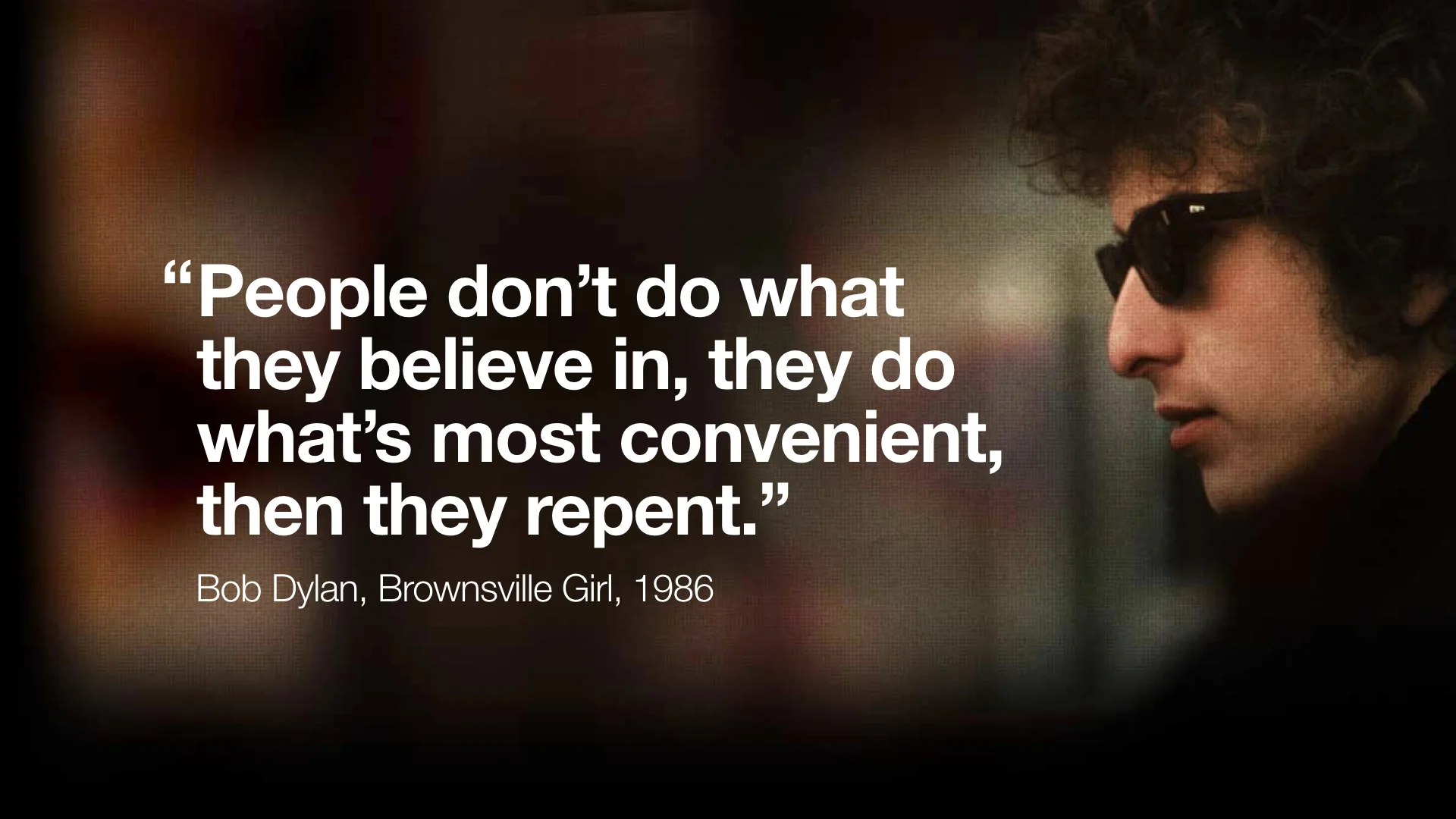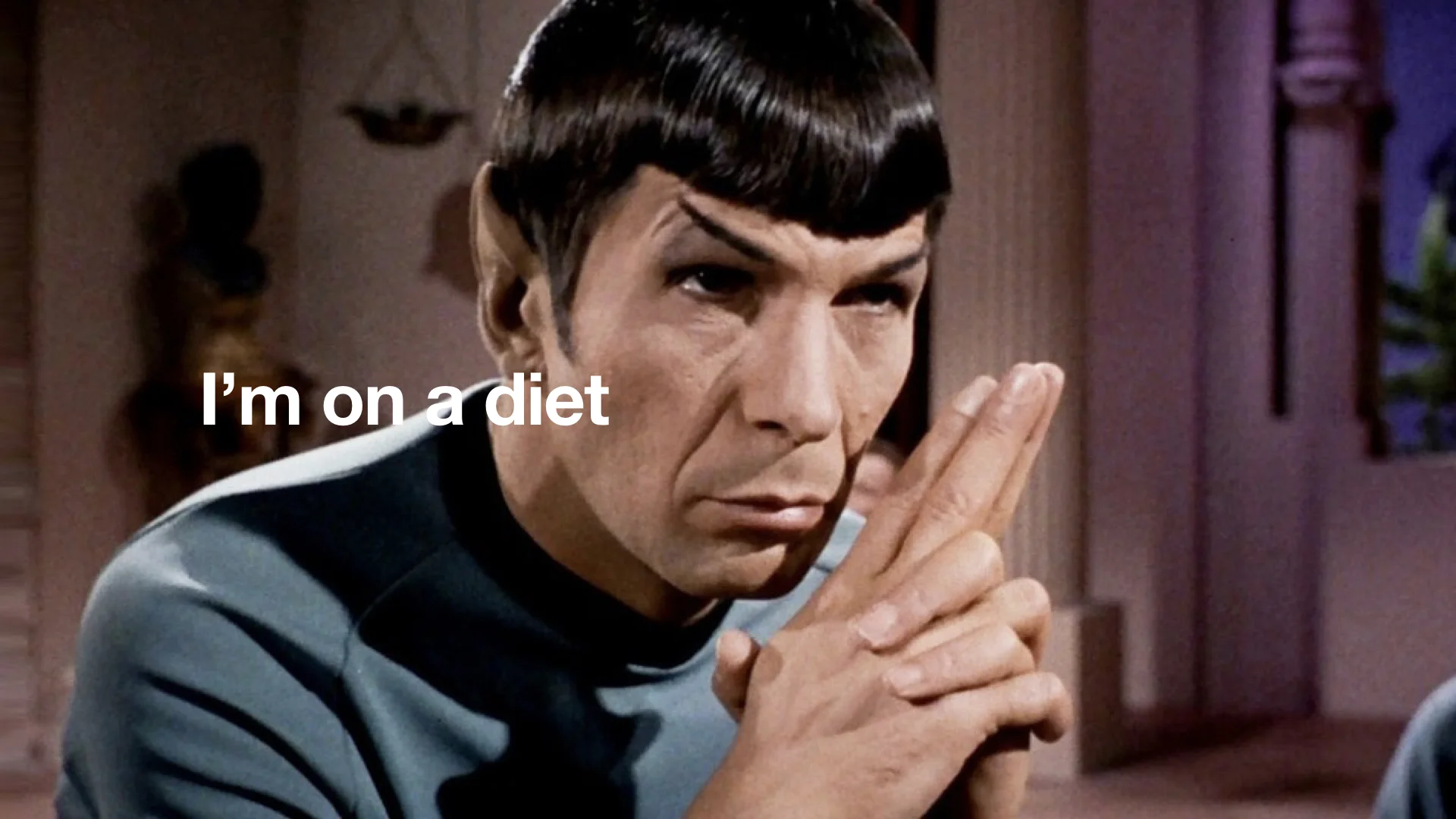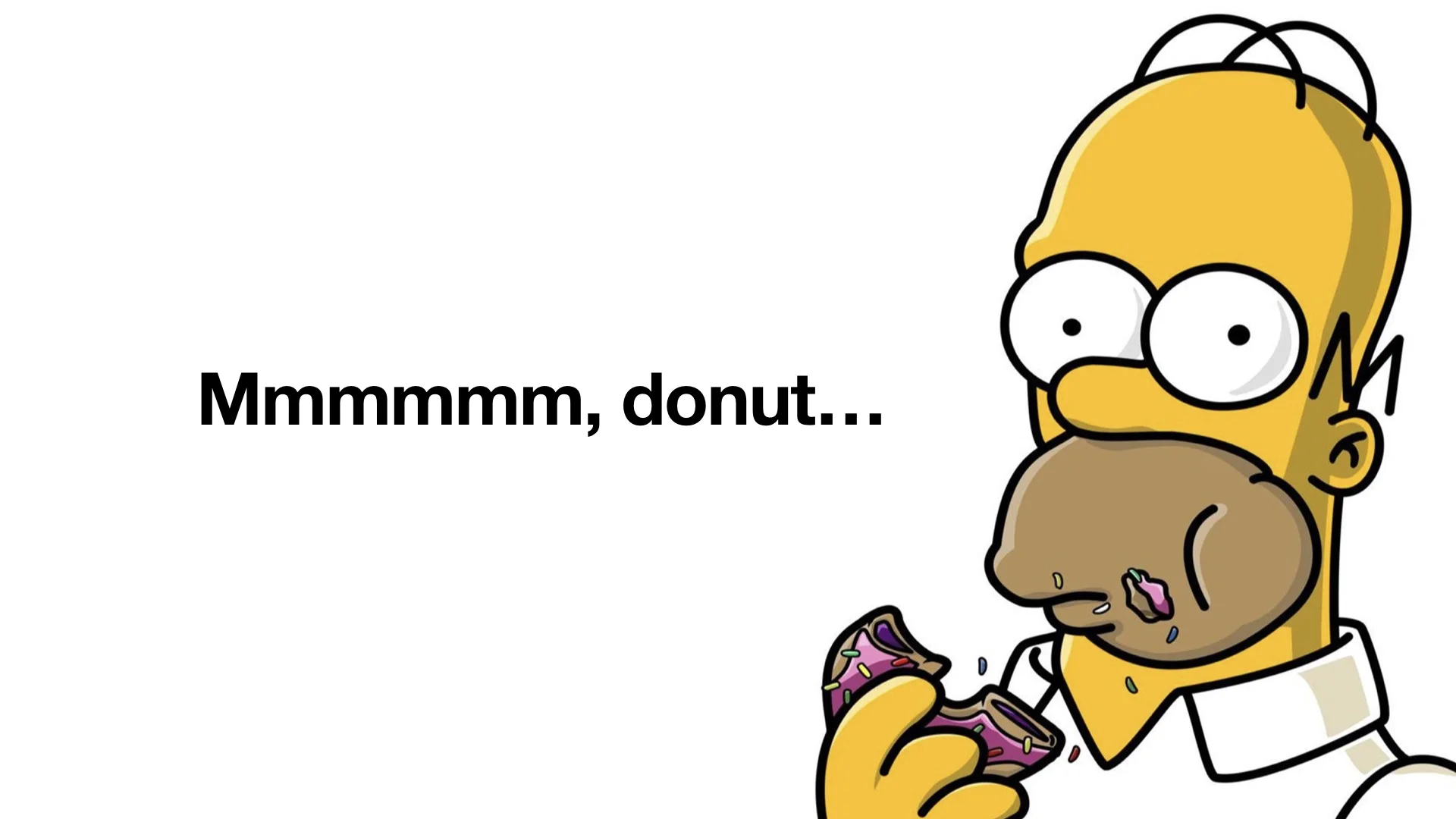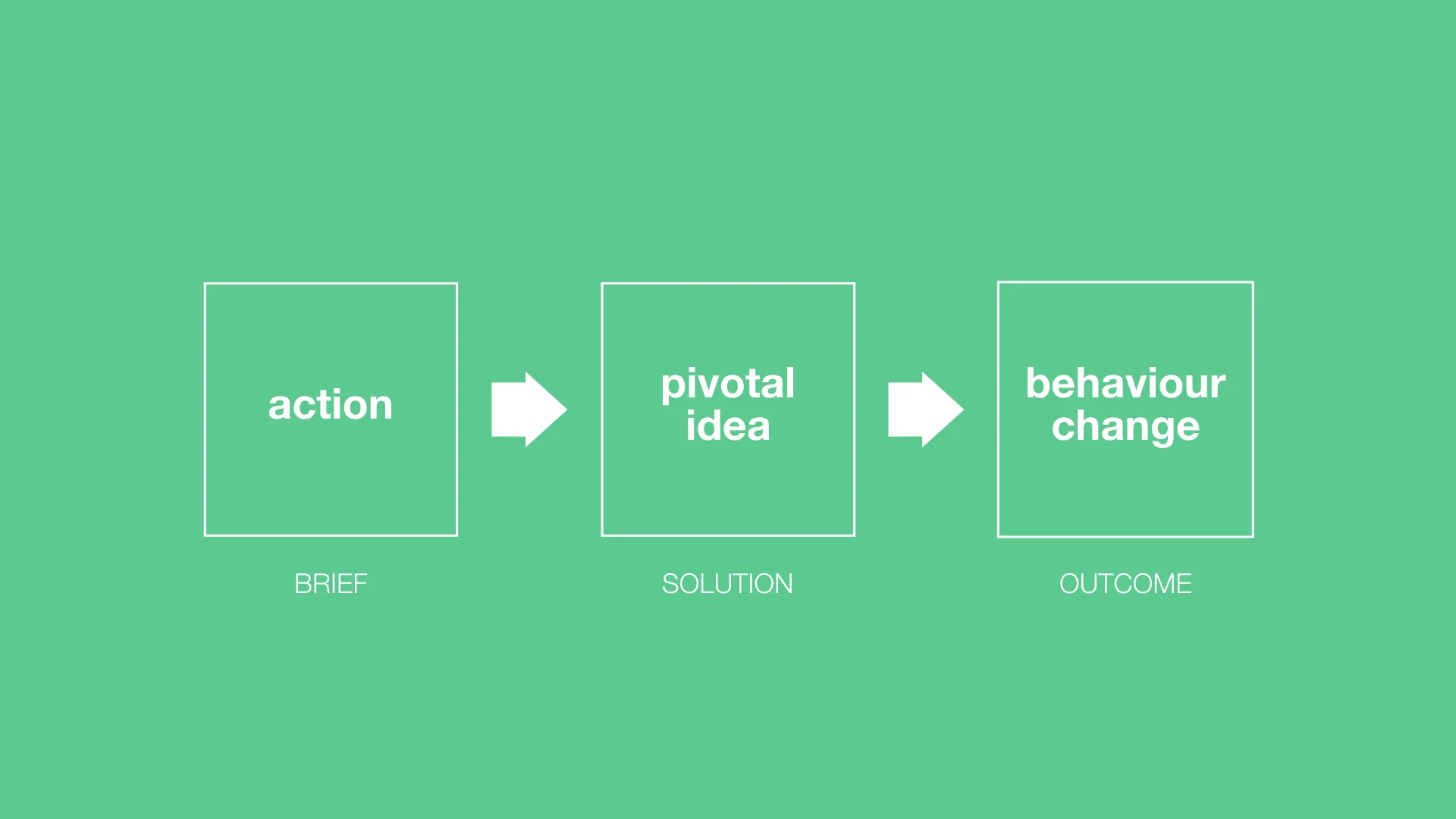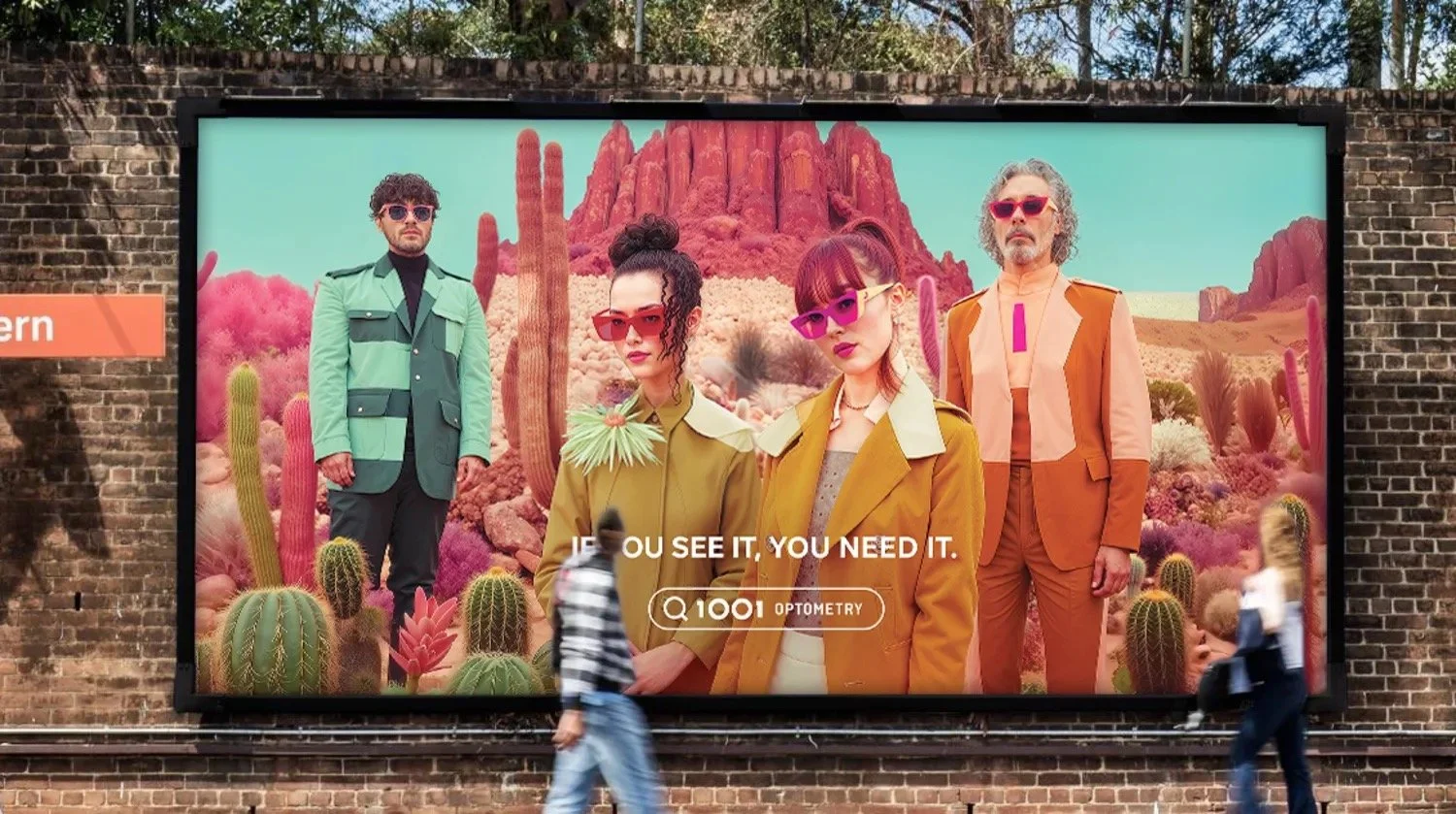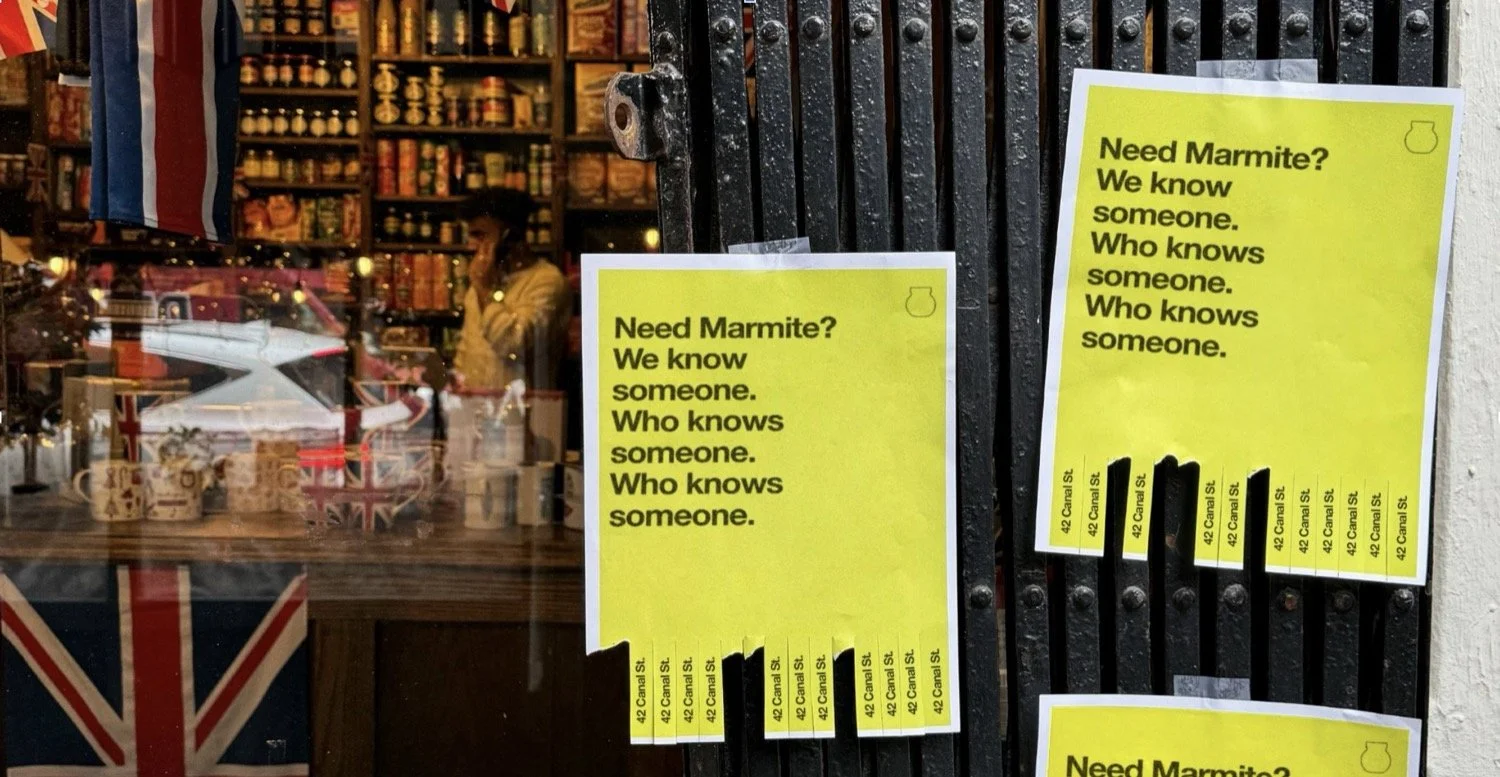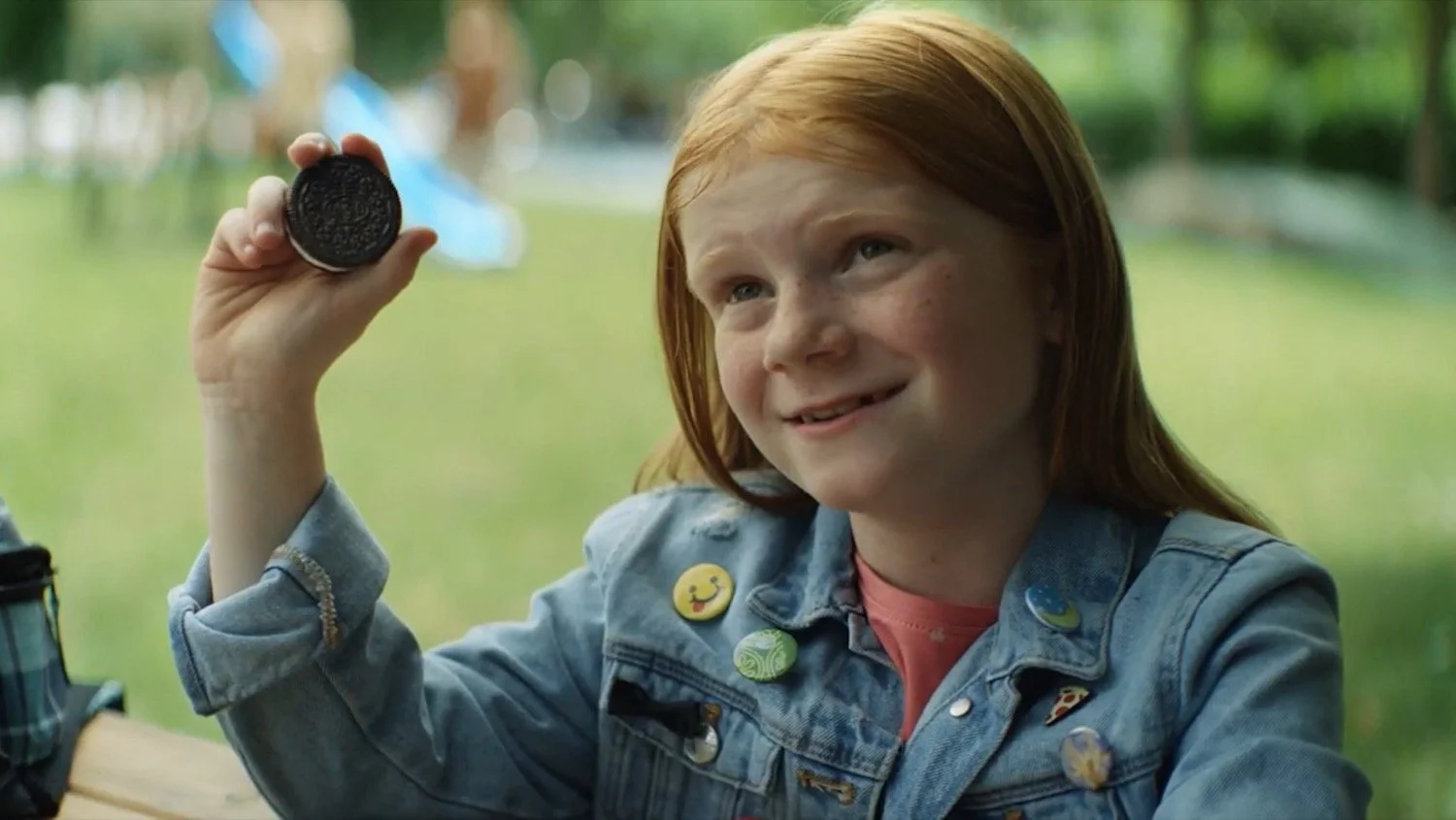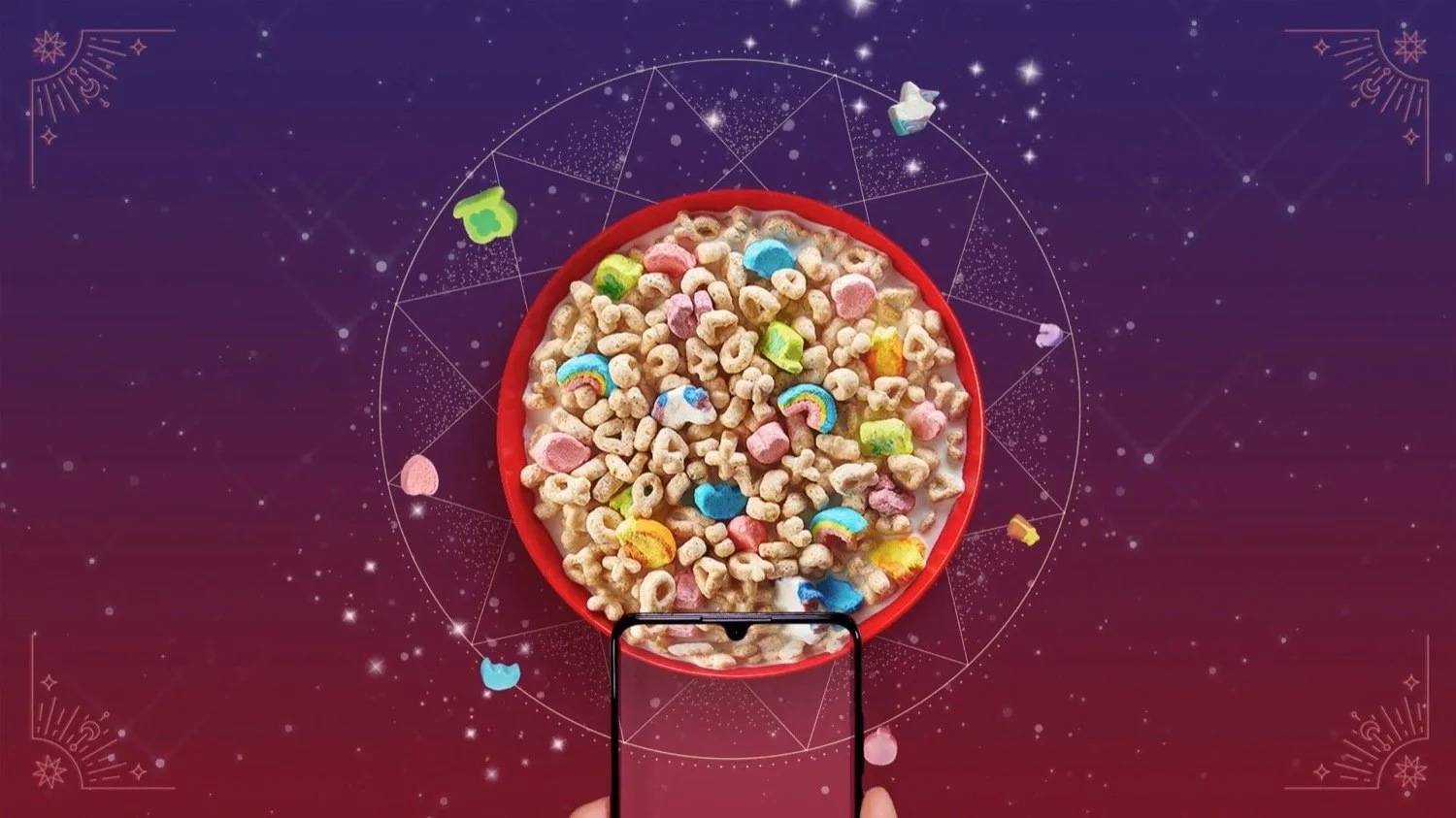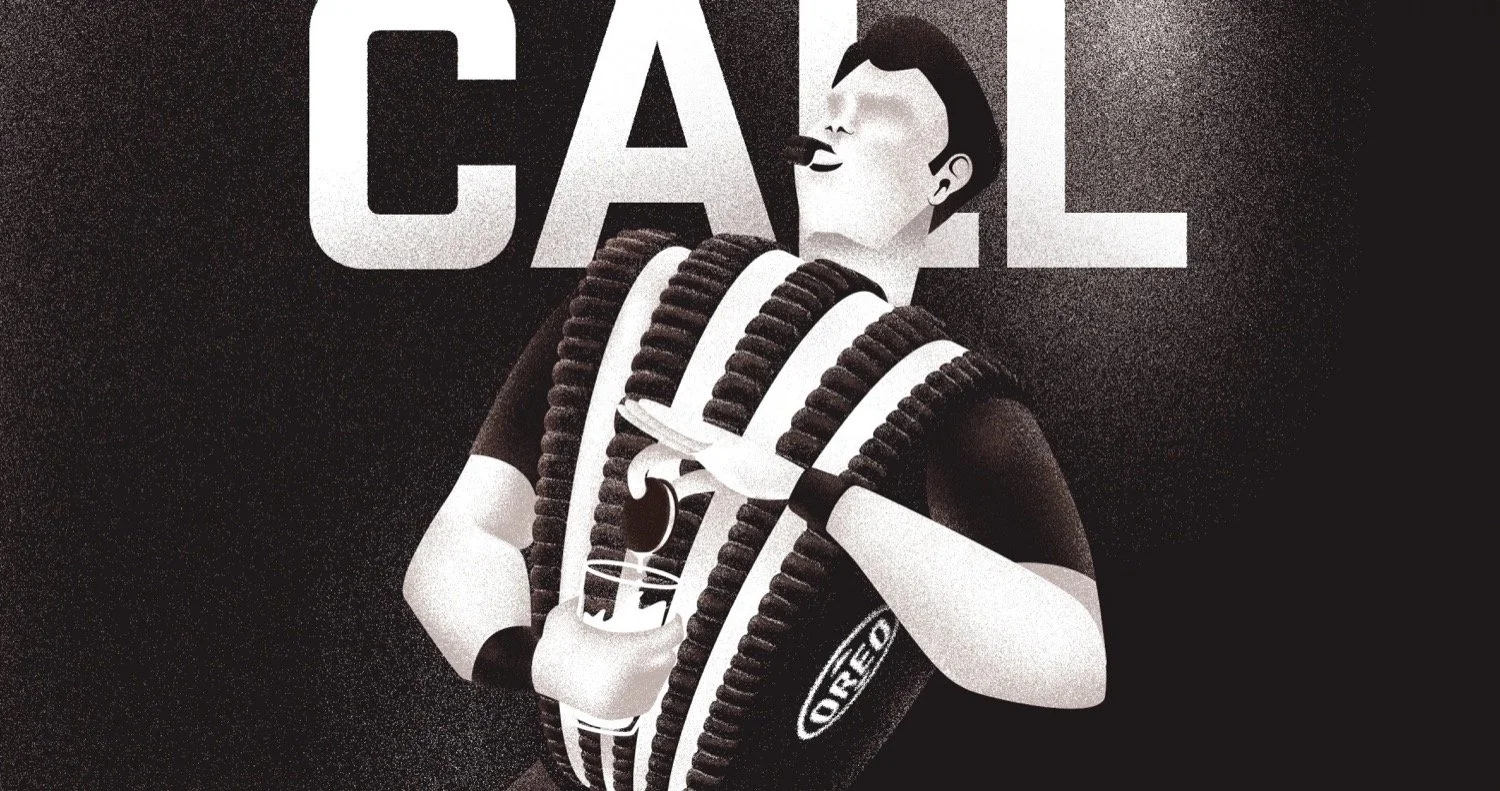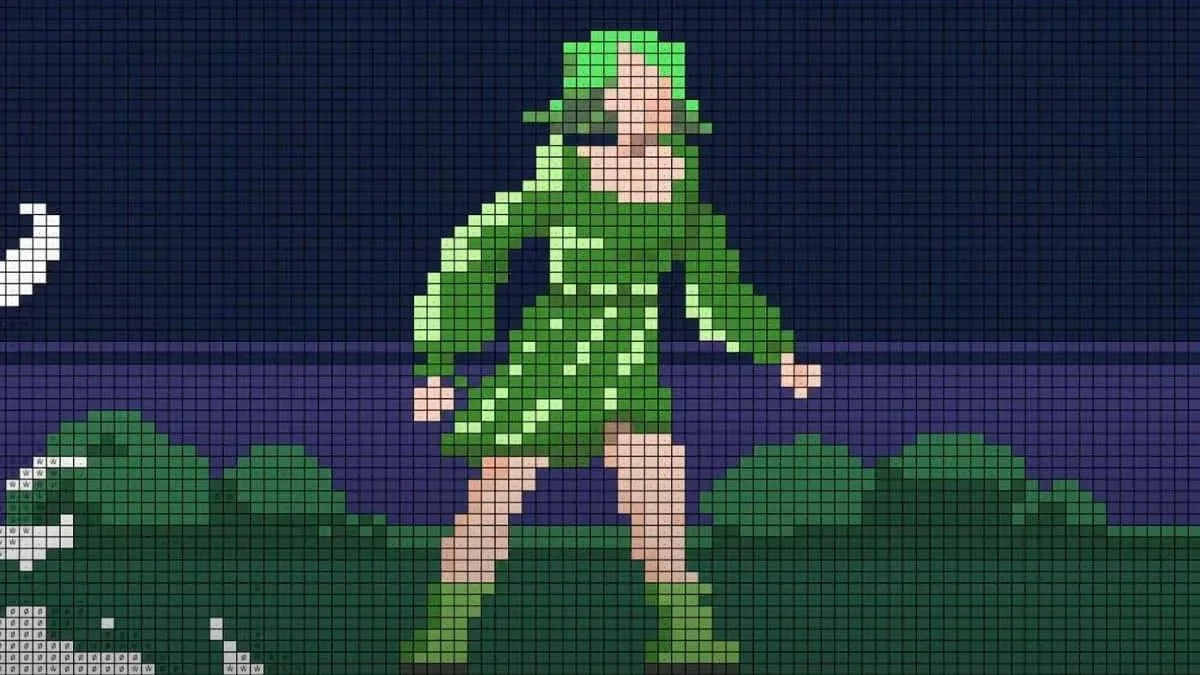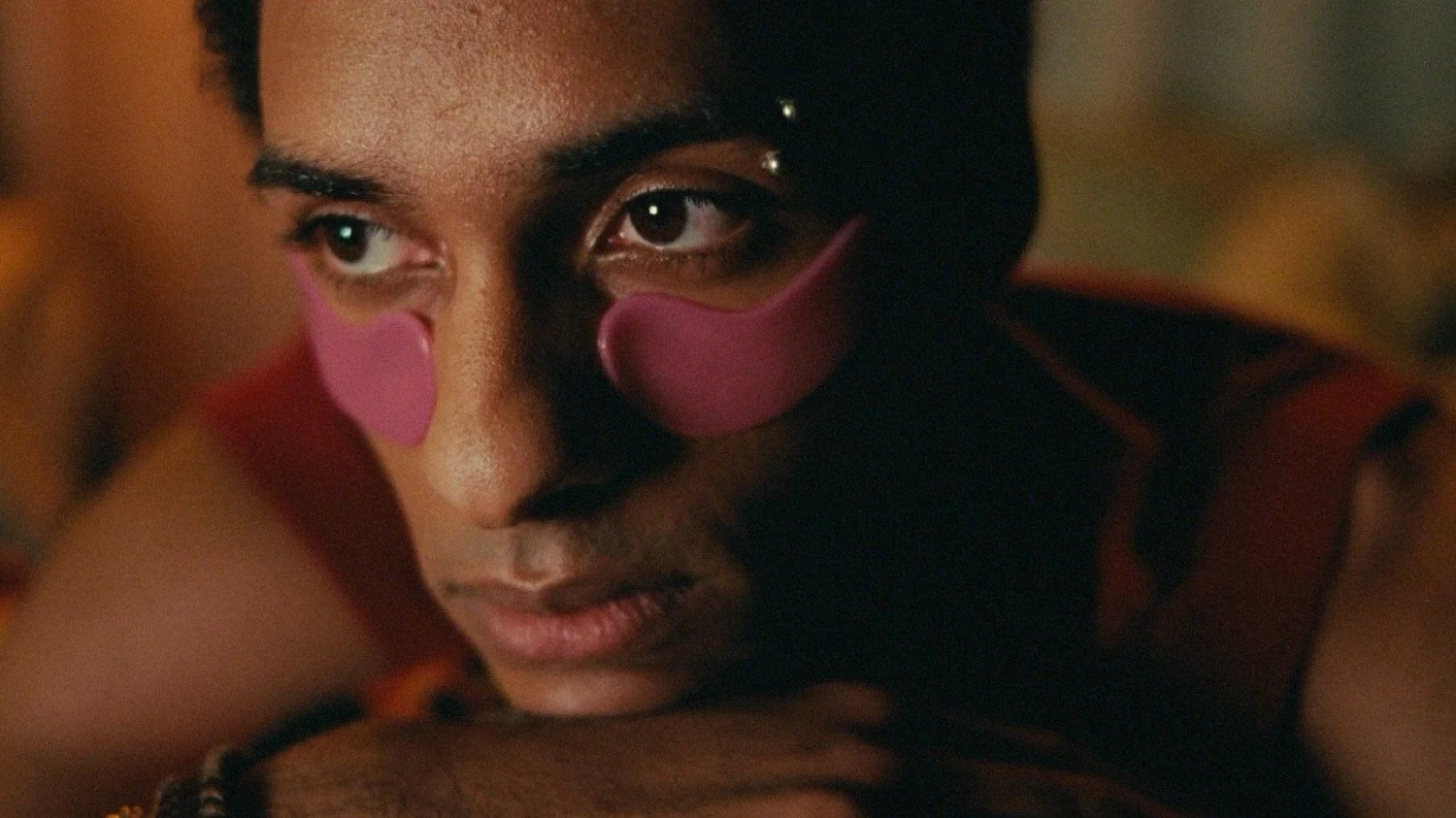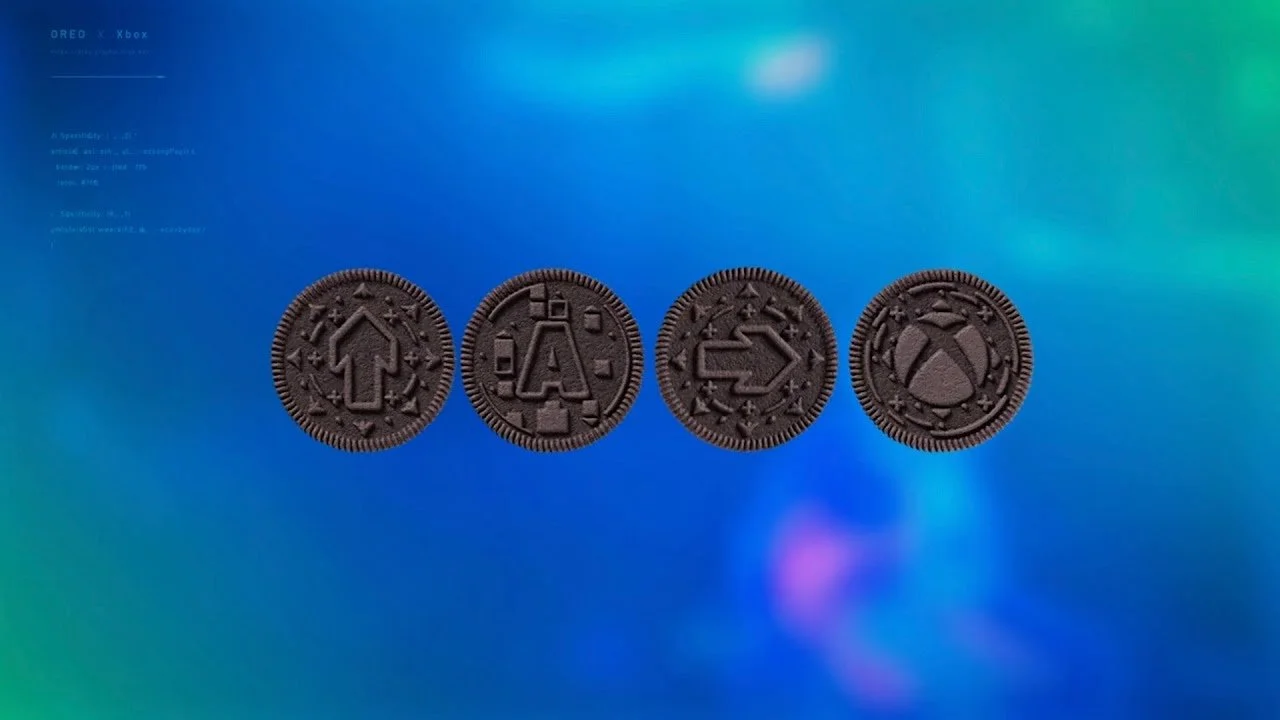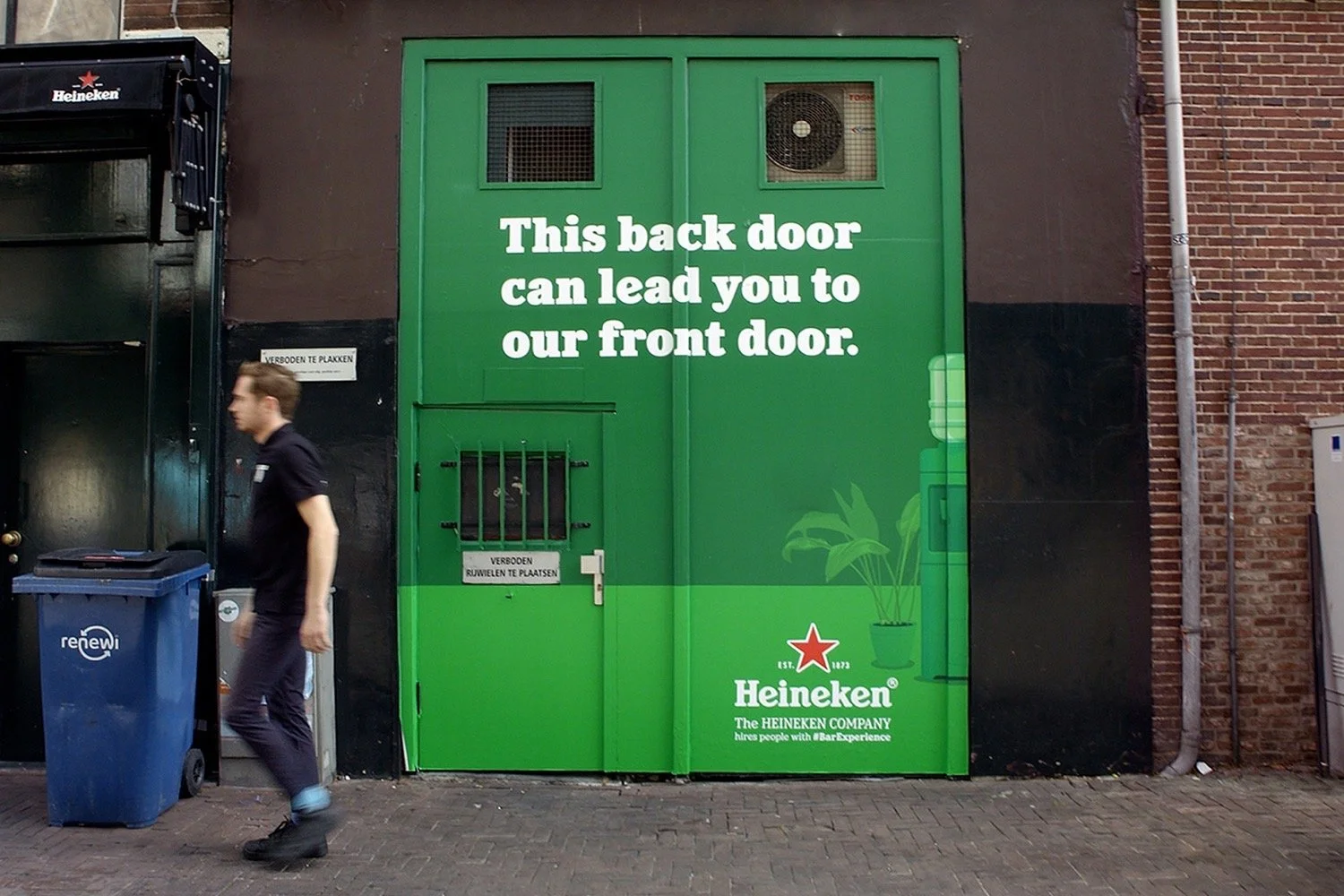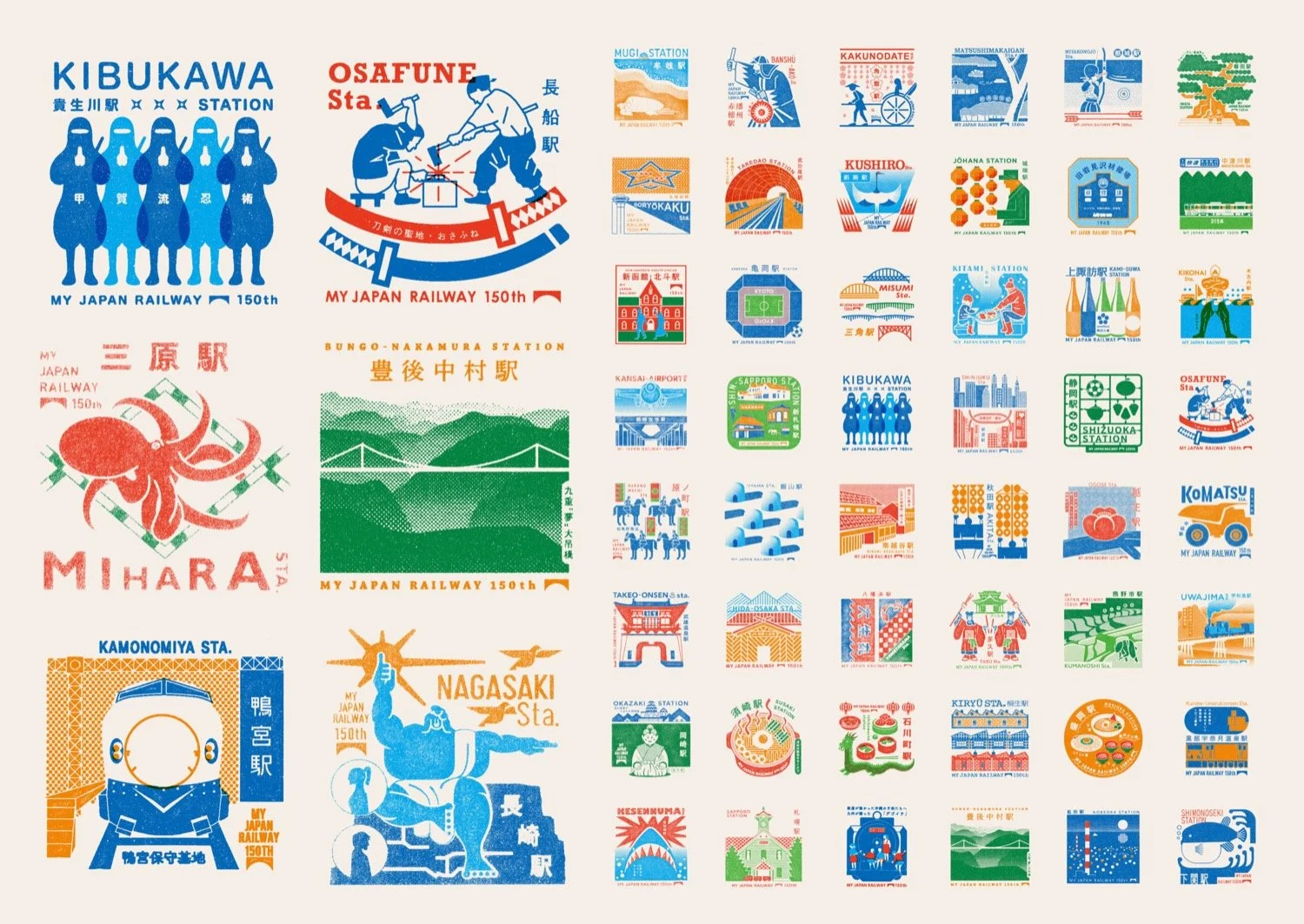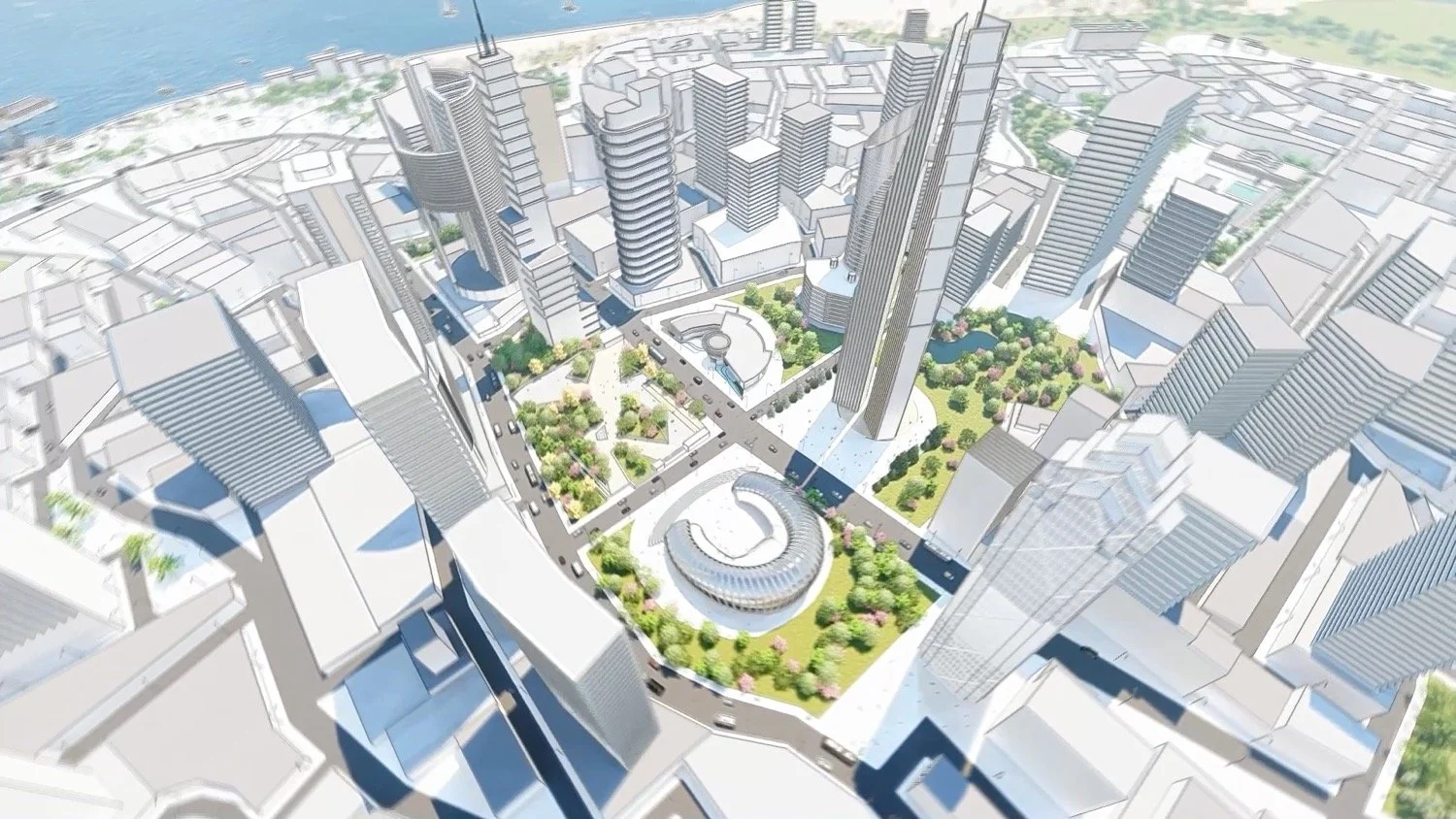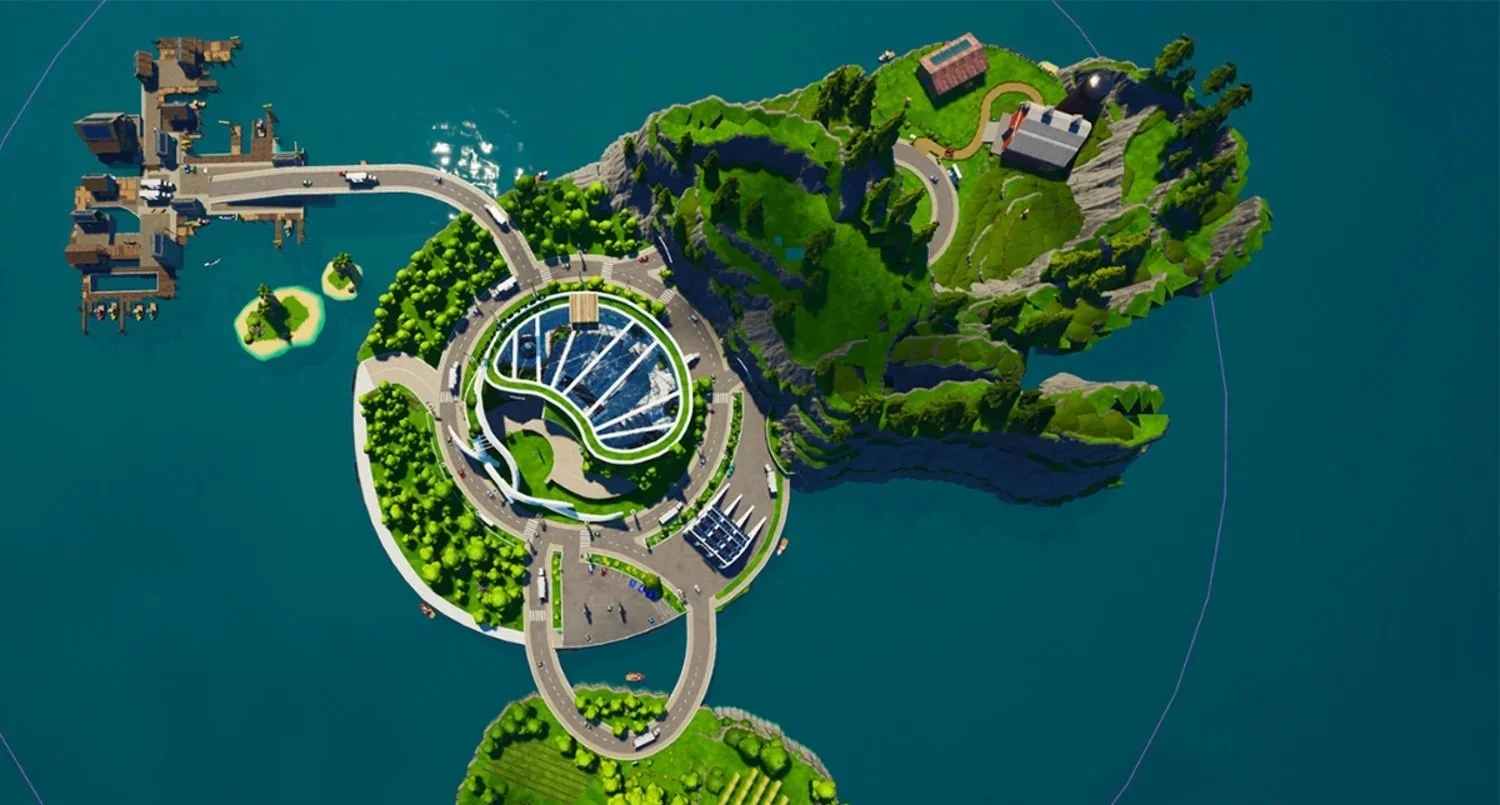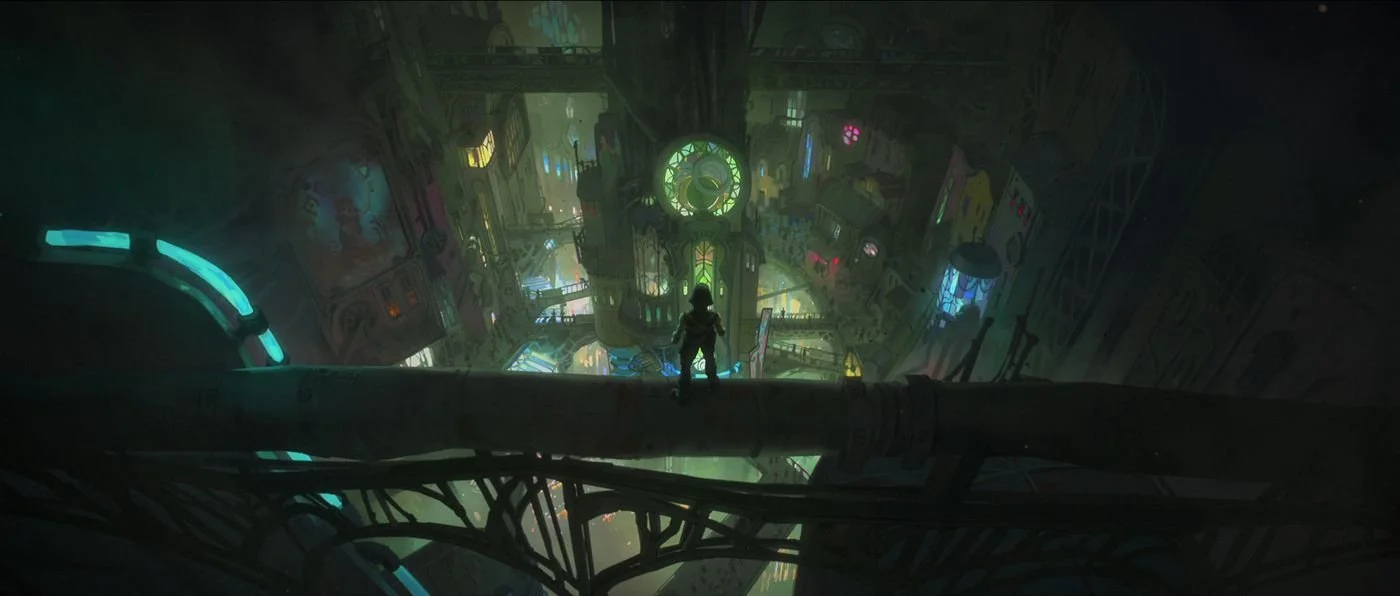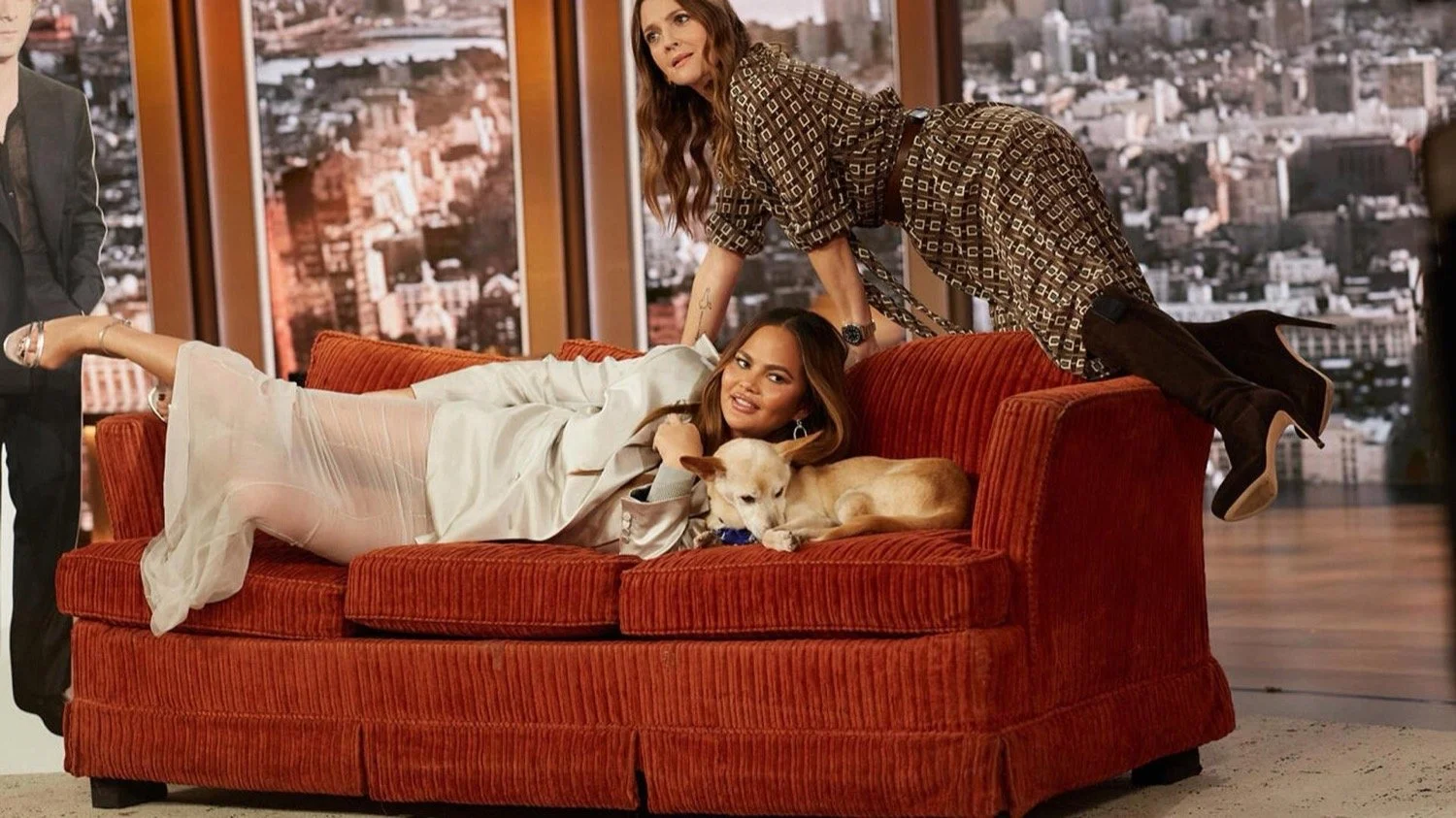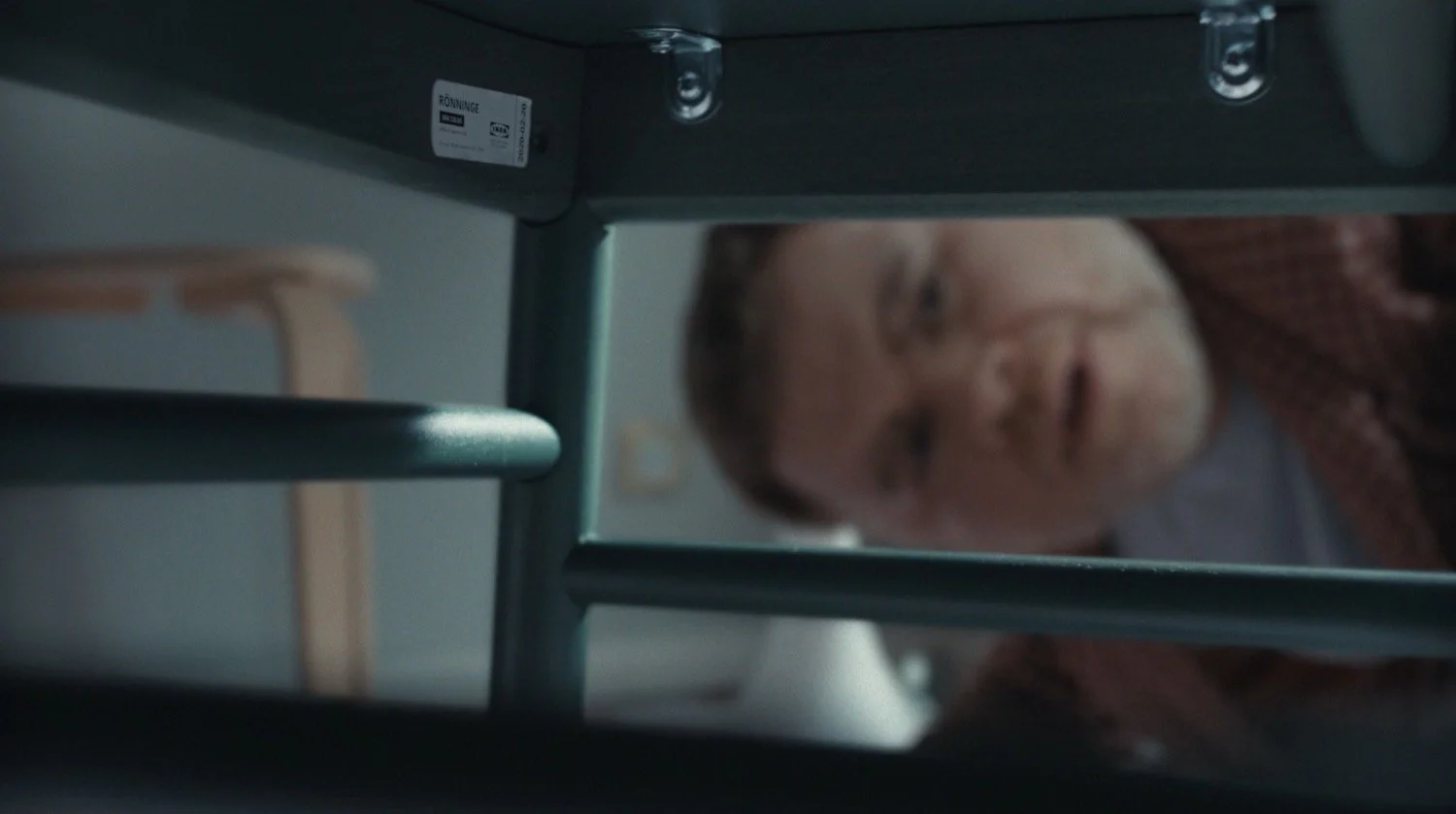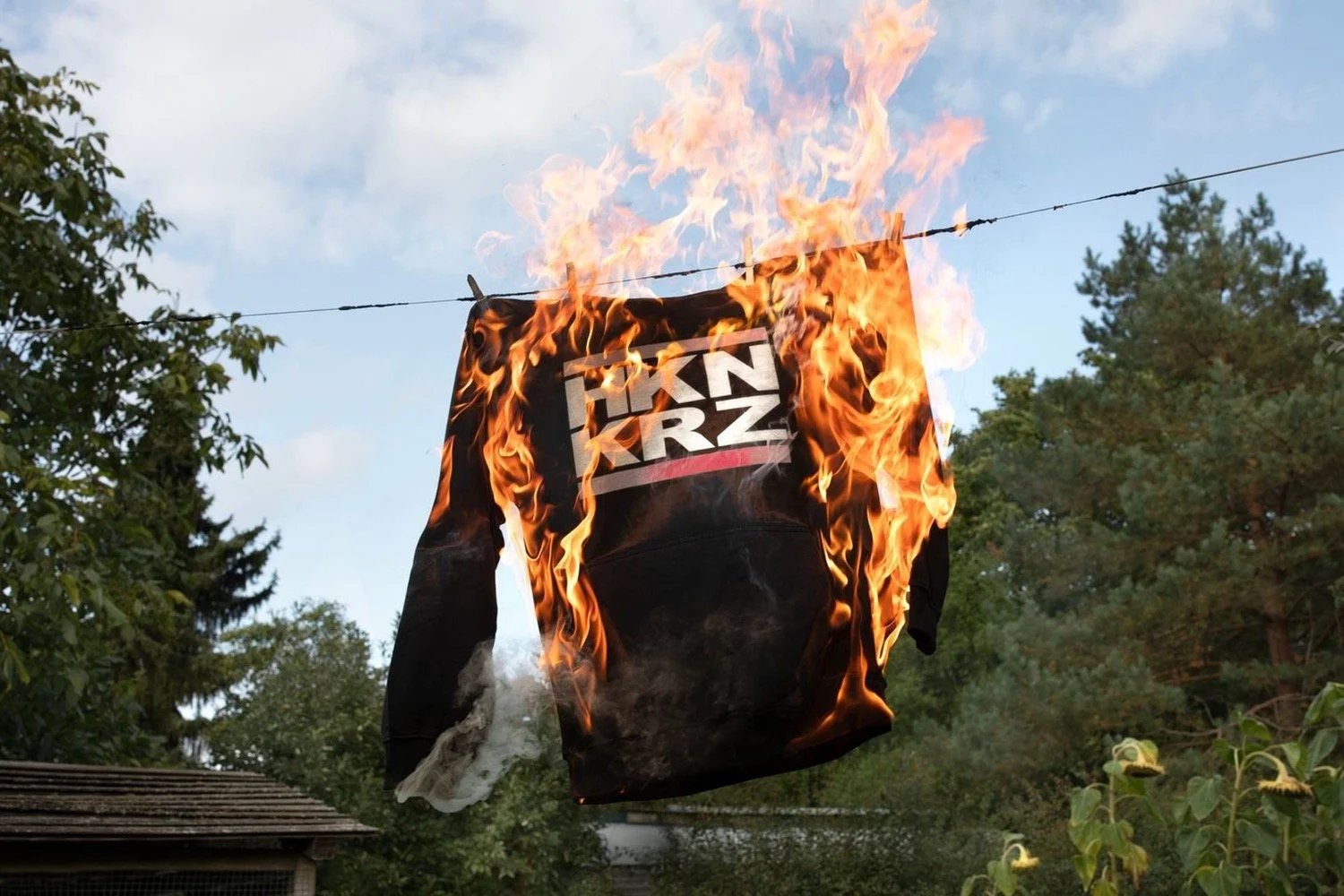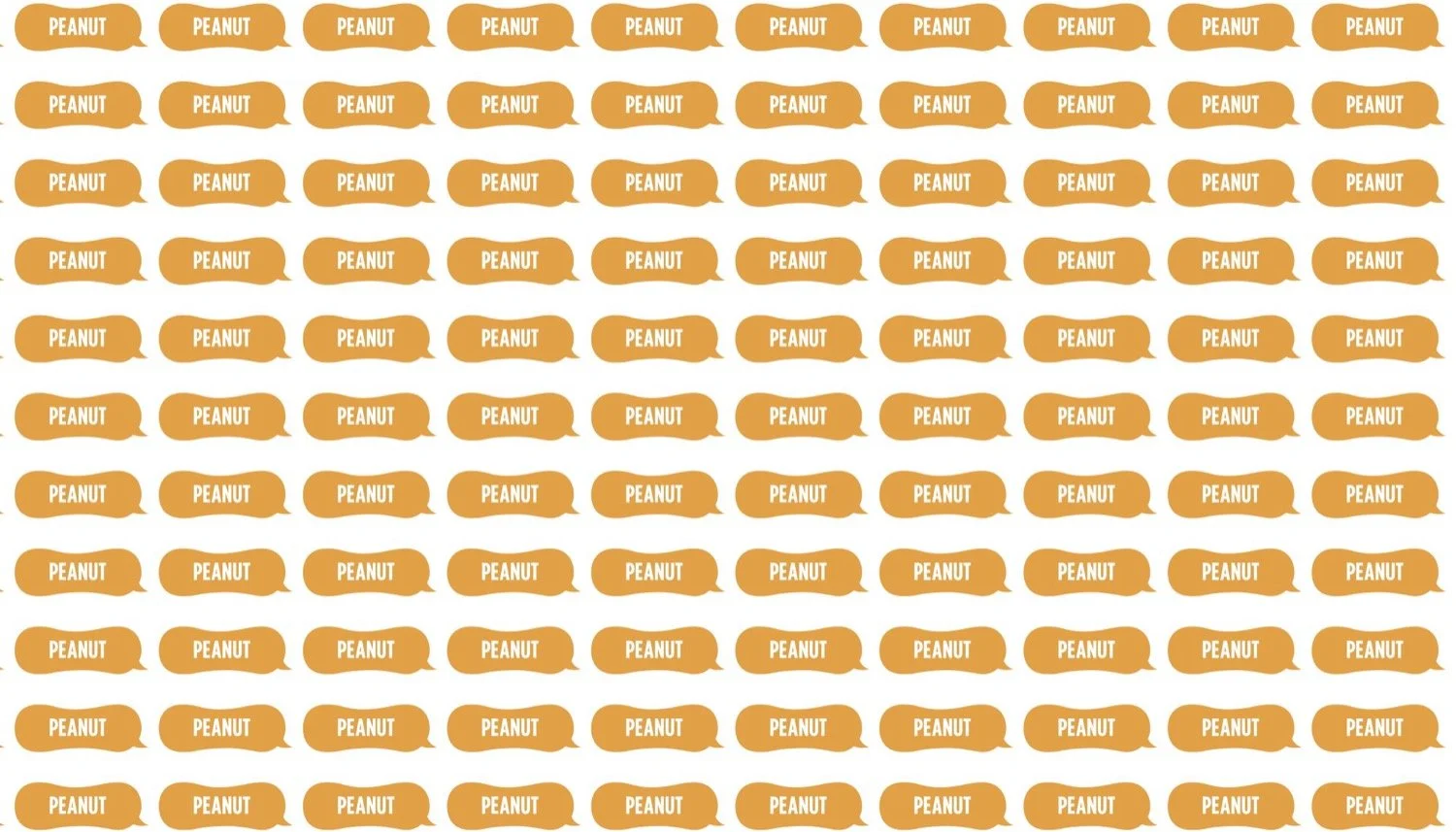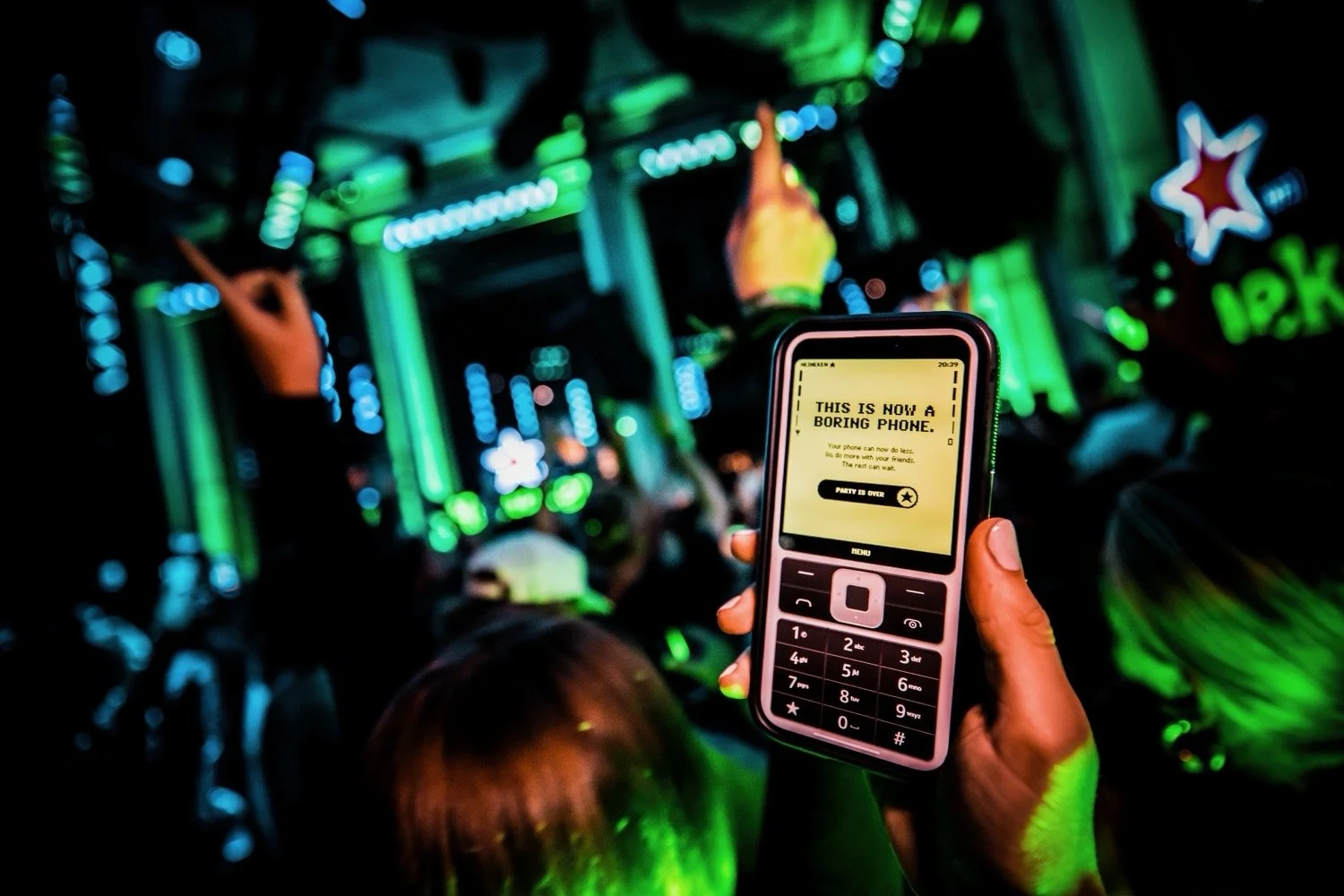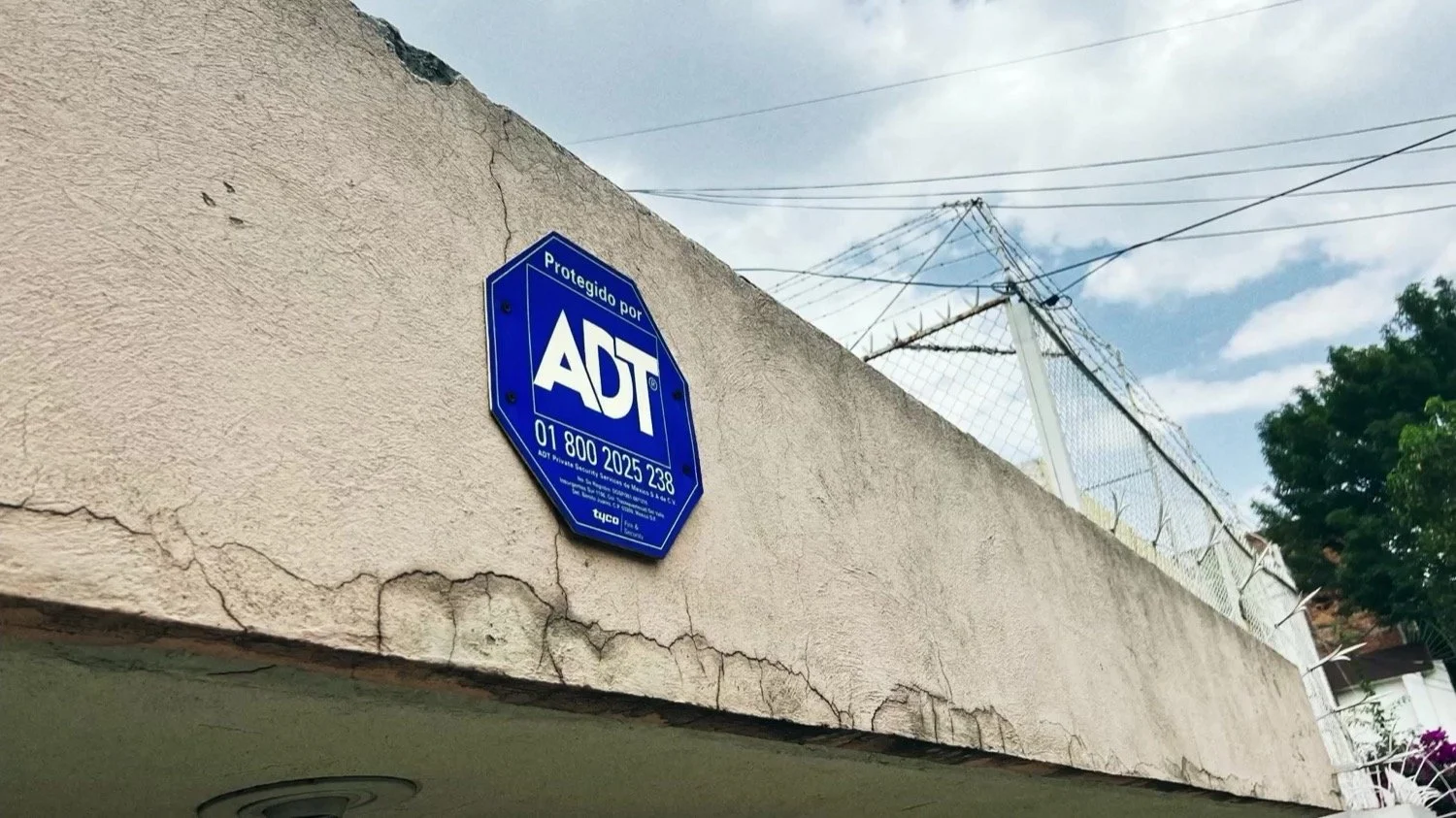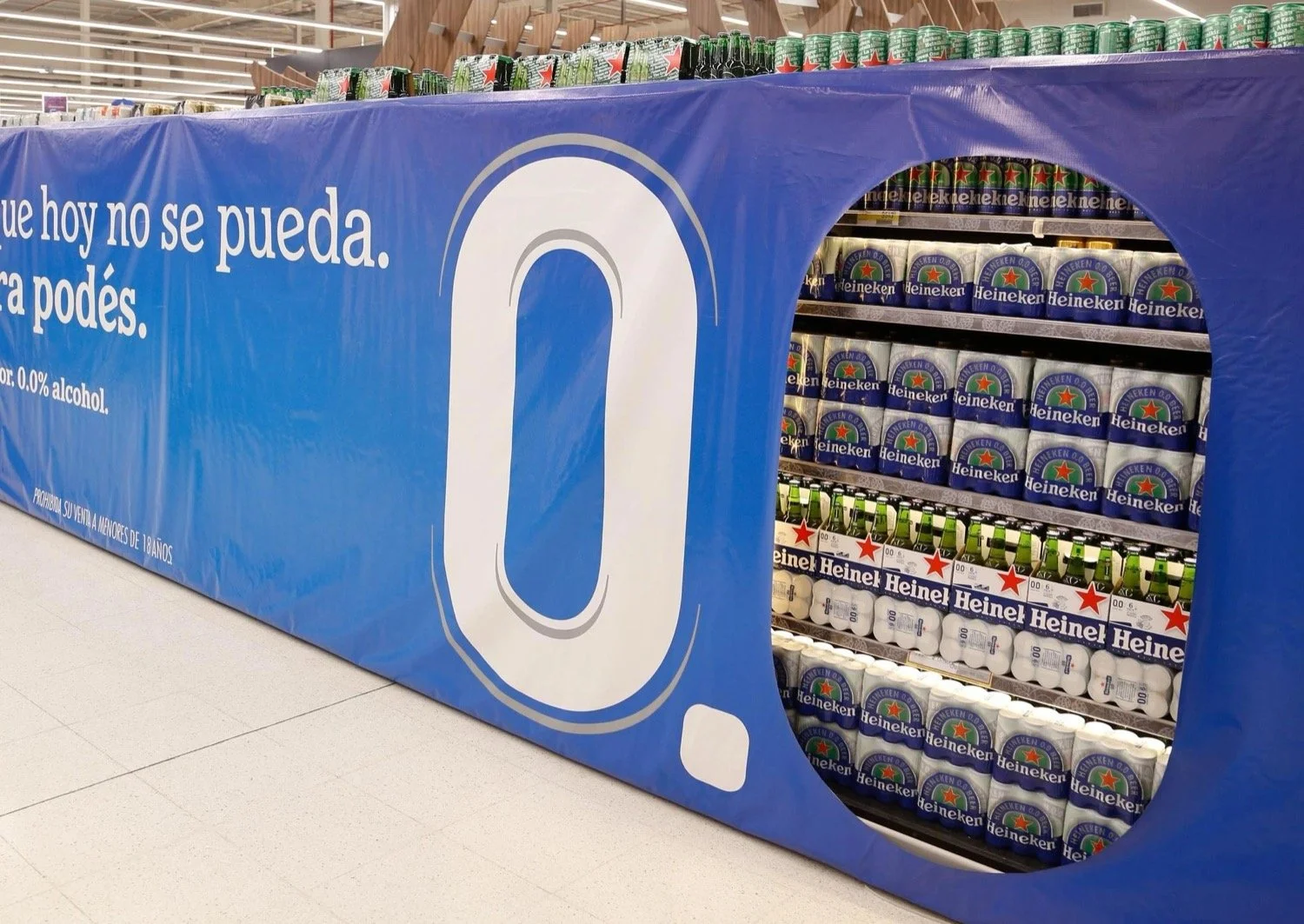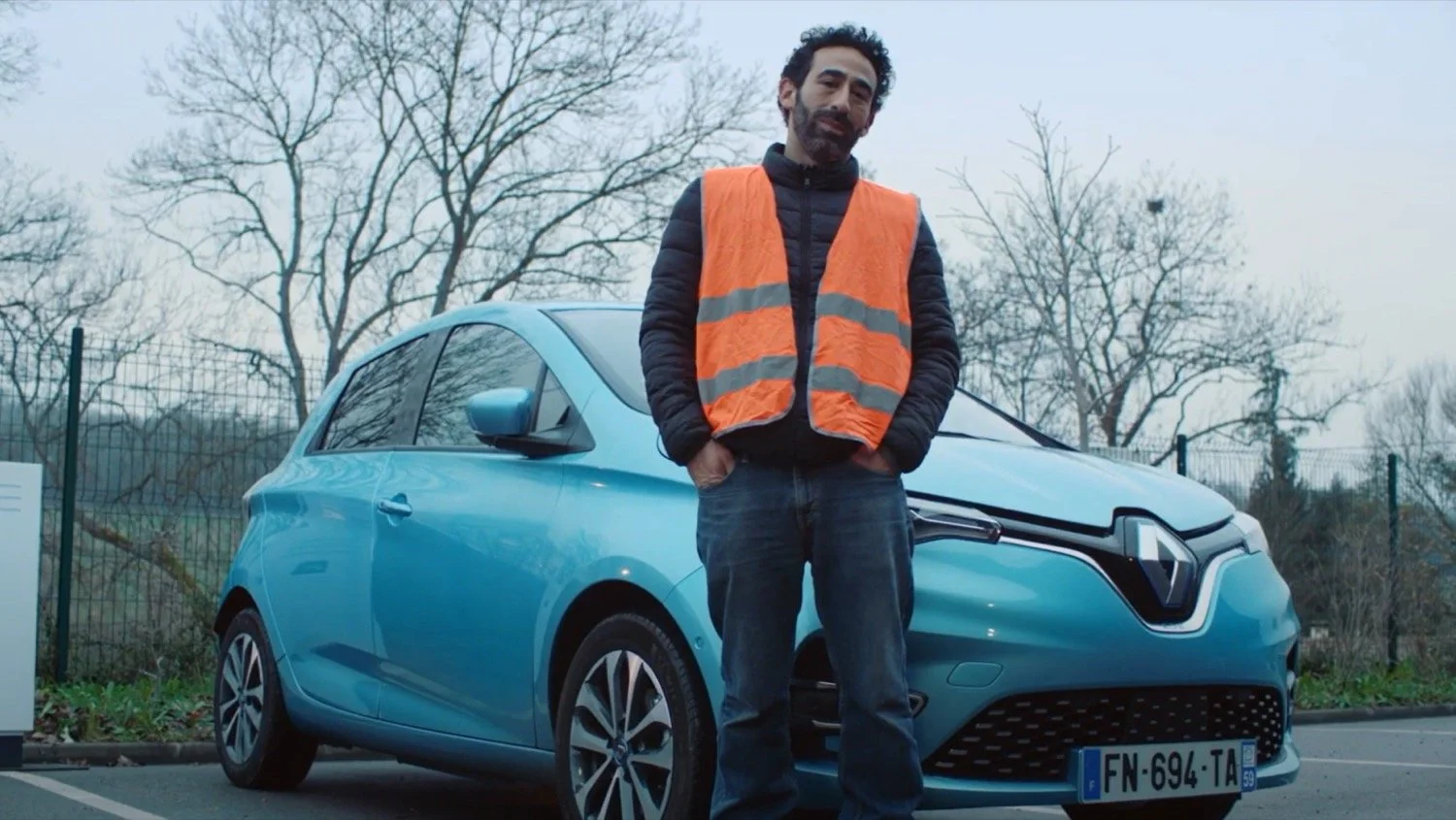
Pivotal Ideas
And Behavioural Triggers
Inspiring action through Pivotal Ideas
Brands can no longer expect people to act on messages or stories alone. They need ideas that can touch minds, hearts and —most importantly— the very inner strings of human behaviour.
Pivotal Ideas are ideas that are specifically created and designed to shape behaviour, not just communicate a message. They emerge from a human insight and inspire action. And they exist at the exact right moment to pivot a person's relationship with a brand and drive business results.
Spock vs Homer
That’s how our brain really works. We think the mind is in charge, but long established habits and behaviours usually trump the best laid plans.
Logic and traditional communications are not the best choices to inspire action.
Traditional advertising model
Brand Experience & Activation model
There’s a fly in the urinal
Legend has it that to keep public toilets cleaner, a very smart janitor conducted an experiment in Schiphol Amsterdam Airport. They added a sticker of a fly inside the urinal of half the bathrooms, and left the other half untouched.
It turns out that intervened bathrooms recorded reduced spillage by 80%. Men, being men, aimed better when given a target vs the traditional “it’s shorter than you think” message.
Pivotal Ideas
That’s a classic Pivotal Idea: An idea based on profound understanding of human nature that does not need to say anything to work. It just drives action.
The 10 Behavioural Triggers
To help with the creation of Pivotal Ideas for our clients, we have identified 10 categories of behavioural triggers, scientifically proven to influence behaviour.
Learn more about them by clicking on each category:
Or jump back to the questions to trigger Pivotal Ideas for your brief.
Fun
Humour and fun reduce people’s resistance to action
How fun affects behaviour
Humour and fun reduce people’s resistance to action.
Fun provides the kind of instant gratification people can’t refuse. Any activity or task (especially if tedious or unimportant) can benefit from adding some fun, humor, or entertainment value.
Using fun triggers
Fun Triggers are best to tackle Experiential and Promotion jobs. But they also work in conjunction with other triggers to improve pretty much any idea. With the brief at hand, try asking yourself the following questions:
(click on them for details and examples)
A bit more on fun
In 2009 Volkswagen launched a global initiative to prove that ‘something as simple as fun is the easiest way to change people’s behaviour for the better’. They called it The Fun Theory and you can check many great examples on the VW Fun Theory microsite, The Staircase Piano (below) being the most famous one.
Great ideas using fun
The Interactive Form | BETC Paris for Canal+
Jump Pump | Geometry Mumbai for Lifebuoy
Most recent ideas using fun
(check Activation Ideas for even more case studies using Fun)
If you want to learn more about fun
Despite the Volkswagen example, there’s not a great deal of theory around fun, but conversely it’s quite an easy concept to grasp. If you’re interested, here are two great pieces to start.
The seminal work done by VW has a lot of inspirational mini-case studies that illustrate the power of this behavioural trigger
Other triggers
There’s much more than Fun to influence people’s behaviour. Check out all the other Behavioural Triggers to learn more.
Gamification
The immersive nature of games helps to establish and maintain habits
How gamification affects behaviour
The immersive nature of games helps to establish and maintain habits.
Games have the power of engaging people intensely and repeatedly through their established mechanics. Applying those basic game ingredients (such as rankings, badges, and characters) to other non-ludic activities can help to establish and maintain habits.
Using gamification triggers
Gamification Triggers are best to tackle Promotion, Shopper and Loyalty jobs. Or pretty much to help anyone adopt and stick to new behaviours. With the brief at hand, try asking yourself the following questions:
(click on them for details and examples)
A bit more on gamification
Gamification became ‘a thing’ in the early 2010s. Today there are even big companies that apply game techniques and mechanics to several non-gaming environments like education, healthcare, software development, workforce, government and, of course, marketing. A short intro video below.
And a longish one.
Great ideas using gamification
Rink Bingo | FCB Geneva for Hockey Club Davos
The Ad That Run | Geometry Prague for Intersport
Most recent ideas using gamification
(check Activation Ideas for even more case studies using Gamification)
If you want to learn more about gamification
At face value, Gamification might be misunderstood as the simply addition of points and badges to a programme, or something that can only be used in apps. Jane McGonigal is an inspiring reference that shows how pervasive games can be in our lives. Her TED Talks are great and her book and app SuperBetter show how games can help improve one’s whole lifestyle.
Gaming can make a better world, TED Talk by Jane McGonigal
The game that can give you 10 extra years of life, TED Talk by Jane McGonigal
Other triggers
There’s much more than Gamification to influence people’s behaviour. Check out all the other Behavioural Triggers to learn more.
Can we make it fun to do or to take part in?
‘‘Monkey see, monkey do.’’ You can embed fun elements in your campaign that will make it more likely to go viral. Nutcase, a helmet brand, created street installations that encouraged simple repetition and sharing.
Outdoor Fitting Room, from O&M and Geometry Copenhagen for Nutcase.
Can your campaign contain some fun element that people want to spread?
Can you facilitate the sharing somehow?
Incentives
Both rewards and fear of losing could be equally powerful motivations
How incentives affect behaviour
Both rewards and fear of losing could be equally powerful motivations.
Consciously or unconsciously, we’re always thinking about what we get from any given situation. And curiously, we happen to be more motivated by not losing than by winning.
Using incentives triggers
Incentives Triggers are best to tackle Promotion and Shopper jobs where rewards and perception of value are critical. They also work great in combination with other triggers to encourage immediate action. With the brief at hand, try asking yourself the following questions:
(click on them for details and examples)
A bit more on incentives
Everything has a ‘price’ —numeric or not— that we consider before taking action. Is it worth my time? Am I willing to pay extra for convenience? What if something goes wrong? Can I get it elsewhere for less or with less effort?
We don’t get motivated only by the expectation of a positive outcome but also by the fear of losing in any form. In fact, those sometimes irrational expectations could be far more powerful than the most interesting rewards. It’s a human treat called loss aversion, you can see how it works in the examples below.
Would you take this bet?
Even monkeys experience it.
Great ideas using incentives
Train Switch | Åkestam Holst Stockholm for Swebus
The RGB News | Geometry Bucharest for Observator
More recent ideas using incentives
(check Activation Ideas for even more case studies using Incentives)
If you want to learn more about incentives
Many psychologists like Dan Ariely have covered the topics of incentives and loss aversion as part of their efforts to explain how we really made decisions.
A short video from the author on loss aversion and the so called endowment effect
Other triggers
There’s much more than Incentives to influence people’s behaviour. Check out all the other Behavioural Triggers to learn more.
Can it be playful or spark curiosity?
Never underestimate the power of simple fun. Coca-Cola celebrated Friendship Day by building a 3.5m-tall vending machine with a twist. The only way to get the extra free Coke was to reach the coin slot by climbing on top of someone else’s shoulders.
The Friendship Machine, from O&M and Geometry Buenos Aires for Coca-Cola.
Can you design an experience everyone feels compelled to play with?
Can some elements not be revealed to engage people’s natural curiosity?
Choice
Defaults, bundles, order of the alternatives, they all influence decision-making
How choice affects behaviour
Defaults, bundles, order of the alternatives, they all influence decision-making.
Many variables beyond the quality of the alternatives affect the way we make choices. Quantity, order, and distractions (among others) have a huge impact on the actions we take, not always for the better. We could do with a little help, especially when the options are complex or unfamiliar.
Using choice triggers
Choice Triggers are best to tackle Experiential, Promotion and Shopper jobs, though they play a role in changing any type of habits. With the brief at hand, try asking yourself the following questions:
(click on them for details and examples)
A bit more on choice
In his book Nudge, Nobel prize winner Richard Thaler explains the concept of Choice Architecture. See the cafeteria vivid example below.
Great ideas using choice
Sugar Detox | Marcel Paris for Intermarché
The Cookie Mug | Geometry Kuala Lumpur for Cream-O
More recent ideas using choice
(check Activation Ideas for even more case studies using Choice)
If you want to learn more about choice
Nudge, the work from Cuss Sustein and Richard Thaler, introduce the concept of Choice Architecture and Choice Architects with great real life examples.
Other triggers
There’s much more than Choice to influence people’s behaviour. Check out all the other Behavioural Triggers to learn more.
